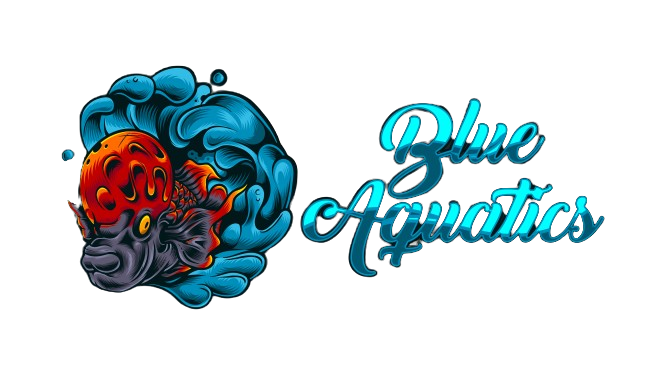After what age of flowerhorn fish you should start feeding a staple diet to your flowerhorn?
Feeding your Flowerhorn fish a nutritious and balanced diet is essential for their growth, health, and overall well-being. While Flowerhorn fry require special care and feeding during their early stages of development, transitioning them to a staple diet is a crucial milestone in their growth journey. In this comprehensive guide, we’ll explore when to start feeding a staple diet to your Flowerhorn fish, providing valuable insights into their dietary needs and the transition process.
1. Understanding the Growth Stages of Flowerhorn Fish:
Flowerhorn fish undergo distinct growth stages, each with specific dietary requirements:
- Fry Stage: During the fry stage, Flowerhorn fish are newly hatched and require specialized care and feeding. They primarily feed on microscopic organisms, such as infusoria and baby brine shrimp, to support their rapid growth and development.
- Juvenile Stage: As Flowerhorn fish grow and mature, they transition from fry to juveniles. During this stage, they begin to develop their distinctive features and require a diet rich in protein and essential nutrients to support healthy growth and muscle development.
- Adult Stage: Once Flowerhorn fish reach adulthood, typically around two to three years of age, they require a balanced diet consisting of high-quality pellets supplemented with occasional treats to maintain their health and vitality.
2. Transitioning to a Staple Diet:
Knowing when to start feeding your Flowerhorn fish a staple diet is essential for their long-term health and development. While individual growth rates may vary, a general guideline for transitioning to a staple diet is when Flowerhorn fish reach approximately three to four inches in length. At this size, they have developed sufficiently to digest and benefit from the nutrients provided by staple pellets.
3. Selecting High-Quality Pellets:
When transitioning your Flowerhorn fish to a staple diet, it’s crucial to choose high-quality pellets specifically formulated for their nutritional needs. Look for pellets with a high protein content (around 40-50%) and essential vitamins and minerals to support growth, coloration, and overall health. Avoid pellets with fillers or artificial additives that may compromise their nutritional value.
4. Gradual Introduction and Monitoring:
To facilitate a smooth transition to a staple diet, gradually introduce pellets into your Flowerhorn fish’s feeding routine while continuing to offer their existing diet of live or frozen foods. Start by offering small amounts of pellets mixed with their preferred foods, gradually increasing the proportion of pellets over time. Monitor their behavior, appetite, and overall condition closely to ensure they adjust well to the new diet.
5. Providing Variety and Supplements:
While pellets will form the foundation of your Flowerhorn fish’s staple diet, it’s essential to provide variety and occasional supplements to ensure they receive a balanced and nutritious diet. Supplement their diet with occasional treats such as frozen or live foods, vegetables, and fruits to provide additional nutrients and stimulation. Rotate between different types of treats to prevent nutritional deficiencies and keep your Flowerhorn fish engaged.
6. Consistency and Observation:
Consistency is key when feeding your Flowerhorn fish a staple diet. Establish a regular feeding schedule and stick to it to ensure they receive the nutrients they need to thrive. Monitor their growth, coloration, and overall health regularly, making adjustments to their diet as needed based on their individual needs and preferences.
Conclusion:
Transitioning your Flowerhorn fish to a staple diet is an important milestone in their growth journey, providing them with the essential nutrients they need to thrive. By understanding their growth stages, selecting high-quality pellets, gradually introducing new foods, and providing variety and supplements, you can ensure a smooth transition and support their long-term health and well-being. Remember to monitor their growth and behavior closely, adjusting their diet as needed to meet their evolving nutritional needs. With proper care and attention, your Flowerhorn fish will continue to flourish and bring joy to your aquarium for years to come.



